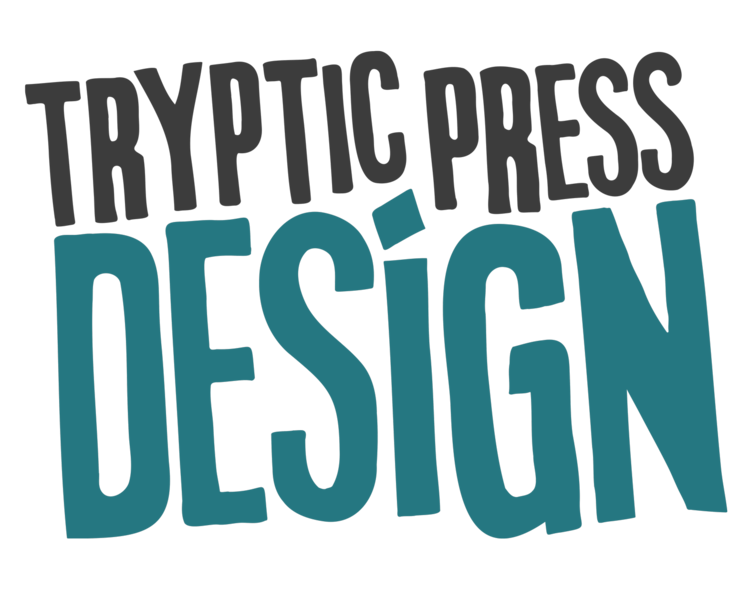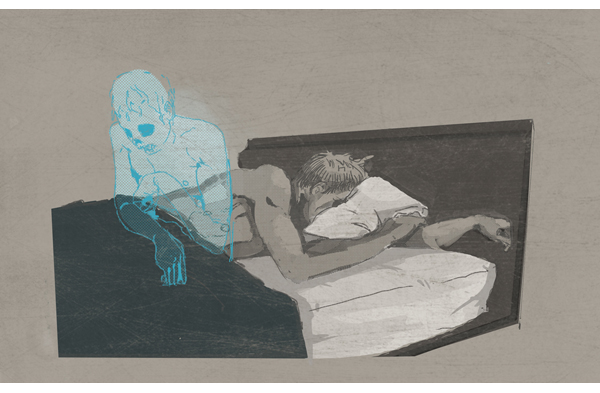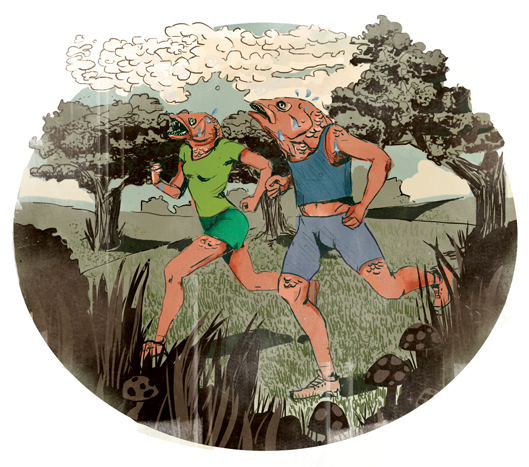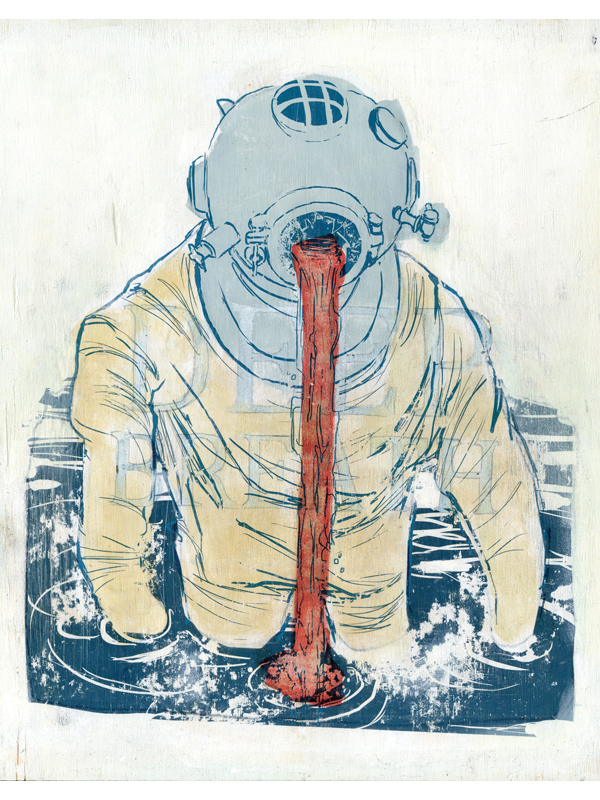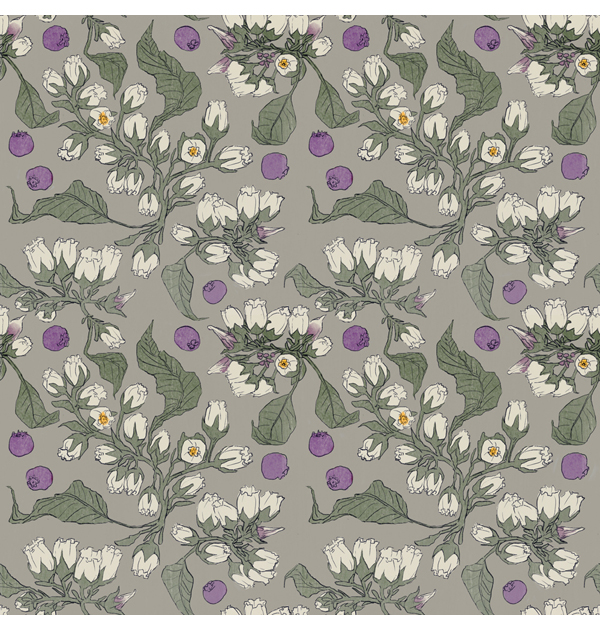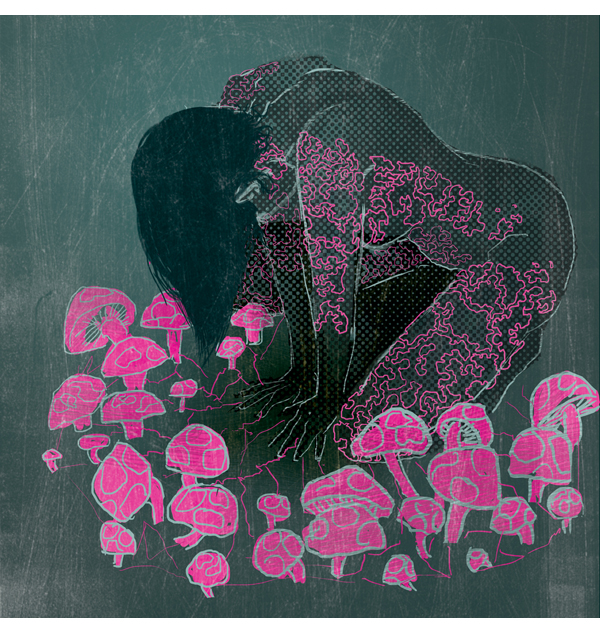Interviewed in March of 2016 by Jillian Locke
DEANNA BURKE
Hometown: Gloucester, MA
Current town: Beverly, MA
Website: CLICK HERE
1. Let’s start out with the basics. What is your name? What is your quest? What is your favorite color?
My name is Deanna Burke, my quest is to seek the holy grail, and my favorite color is blue, no - green!
2. How have your physical roots inspired your art?
Living in a small town growing up has definitely inspired a lot of my research. The thing I keep going back to is psychology, probably because I was constantly intrigued by small town mentality - the ways in which people treat each other, and the difference between those living in a small town vs. those living in a city. I love people watching; it's partly why I love to public sketch.
3. Pen or pencil?
Pen for sketching freely, pencil for technical work.
4. I’m always fascinated with how an artist discovers their medium of expertise. Yours is linework. What is it about line work that calls to you? Do you remember the moment you fell in love with this particular process?
I gravitated naturally to linework, simply because when I try to translate what I see, I use scribbly lines to find form. It's just how my brain translates things. I don't know when the love of linework began, but I can tell you that I have always loved how veins look like tree branches and roots, look like lightning, etc. Creepy, delicate, and visceral - all things that can describe line to me. Ralph Steadman and Alex Pardee are two artists who turned me onto this type of work. The energy of line was something that seemed to match my own energy.
5. Speaking of your process - your linework is raw and organic. Almost alive. Describe this journey, from the moment the instrument hits the paper, to the image taking shape, to new life emerging from the once blank slate.
Brainstorming, word maps, thumbnails, and rough sketches start everything. My sketchbook is very important to me - I work the most comfortable in my sketchbook. Once I get a rough idea as to how the piece should look, I blow it up with a photocopier, then transfer it onto a final surface like watercolor paper or illustration board. I do linework mostly in black and white, and then I transfer it into Photoshop where I colorize everything. I will make sample textures with ink or paint, scan them and turn them into Photoshop brushes or textures. I use these hand-made textures to create digital work instead of the standard brushes. When I paint traditionally, I use flat color and weather each layer. I will use sandpaper usually to make layers look worn down and old. I will then paint my linework on top of these flat weathered colors.
In my sketchbook, you'll find more confident linework. That is where most of the magic happens. It's there that I can confidently interpret the world without the need for perfection.
When I was little, my father coached me on drawing. A lot of inspiration comes from those moments.
6. Your zombie studies are very reminiscent of Stephen Gammell’s illustrations in the Scary Stories To Tell in the Dark books I poured over as a child. Are you familiar with those?
Of course! Some of my favorite stories as a kid!
7. “Beheaded” is incredibly powerful. How did you arrive at the ballet and halos imagery? If that image had one sentence to say, what would it be?
I was trying to use a stereotypical American girl as a catalyst to describe the horrors overseas. The horrifying actions we witness on the web and in the news are too disconnected from our everyday life, and most of us can turn our heads in another direction and just go about our day trying to forget what we saw. I found a gruesome photo online of a little girl in a skirt missing her head, supposedly a casualty in an attack by ISIS. The sheer fact that she was wearing a tutu made me connect to her on a level I could not otherwise, and it immediately caused me to imagine the life of a stereotypical American girl, and how this comfortable, maybe middle class girl with a standard upbringing and loving parents could possibly make us connect with the dead little girl in the photo. What would happen if the horrors going on over there were happening down the street from you or right next door? What if they were happening TO you? The Christian symbolism was used sheerly to discuss how Christians are a target for ISIS. It's ironic, because we see Middle Easterners as terrorists, while as a society, we are predominantly Christian in the United States. I don't think I can describe that piece in one sentence. I usually just call it my response piece to ISIS.
8. Speaking of ballet - have you ever taken dance lessons? I ask because A), the ballerina imagery but also, B), your images seem to dance not across the page but in place. Take for instance the study entitled, “My kitchen at home” - I feel like the cooking spray wants to grow jazz hands and maybe start break dancing in front of the toaster. I feel like there’s a song there. What would it be?
I have never taken dance lessons, though I was trained to sing as a child. To me, when I look at my own drawings, I feel that they vibrate, or jitter. If music were playing, it would be free-form jazz.
9. Play any sports growing up, or has drawing been your sport?
I used to play soccer, but that didn't last long. I was very active growing up, but I was always self directed. Drawing truly has been my "sport" if you want to call it a sport.
10. I really, really loved this observation: “Too many people worry too much about what will come next, enough so that they don’t do anything at all. I realized after this mental learning curve that thinking too much is out of the question, because it stalled me. The risk in this career besides putting yourself out in the world in a way most people don’t, is being ok with failure, and trust that things will work in your favor if you let them, and just fucking DOING SHIT. Just make art without thinking about the consequences, stop worrying about messing up or doing it wrong. There is no wrong, there is only you, the paper and pencil, and your imagination. Tell your inner critic to screw for a while until you can call it out on its bullshit. You will be ok.”
As a writer, I know this struggle all too well. Currently, I’m in the process of finally moving forward with some ideas I’ve been stalling on for what seems like a lifetime, and it all comes back to overthinking, wanting to know everything, be perfect, do perfectly. This was a kick-in-the-ass reminder.
11. That being said, when did you write this? Where would you say you are today as opposed to the day you had this epiphany?
I must have written it last year. There was this moment where I broke out of some deadweight brain fog and I only broke out of it because I realized I was being too self-critical. I forgot how to let myself fail. It's something I constantly deal with, and something I know a lot of other people deal with. Allowing yourself to realize that you are not perfect, and that you will fail, sets you up to get better at whatever you are trying to do. The key is to stay positive about the failures. In actively trying to do such things, I feel as though I have become a little more strategic about dealing with my inner critic. I weave in and out of feeling in control of it, but when I can write it down on paper, I can go back and read to remind myself that I am doing alright (thus, why I write these sorts of things). That being said, I do feel a bit more on top of things today than I was when I wrote this, but like I said, it's an ongoing thing.
12. What have been the most epic artist blocks you’ve worked through? What were the results? What got you through?
Well, after school ended, I was so burnt out. I felt almost like I was numb, it felt like that went on for a year. I was coming out of a relationship that was no good for me and trying to find my voice. I felt as though I had no control over things in my life at the time, and I just balled up. I had to come to terms with some negative self-esteem, and I had to reinvent - or structure - what I already had in my work. Once I found the nerve to forget everyone else’s opinion (including my own inner critic’s), I felt free to do what I liked to do without the pressure, and my block started to melt.
13. Choose one superpower - what would you do to serve humanity with said superpower?
I am torn between being a Novocaine superhero, but novocaine in a sense where I can numb more than just teeth, or being able to see into a person's memories or thoughts. I know numbing agents vary from body part to body part, so I'm thinking that maybe I can have a superpower to numb people or make people euphoric. And well, being able to see into a person's mind can be useful for all sorts of things! Learning who the murderer is, understanding and helping someone cope with trauma, helping someone remember where they put their wallet...
14. What are three factors that fuel your composition the most?
In most any compositions I make, the three factors fueling them are organic figures, dirty, grimy textures on life, and the relationships and stories of the people around me.
15. What are three tools that are absolutely essential to your process?
Alvin Draft-matic 0.7mm mechanical pencil, Tombow MONO eraser, round 2.3mm, and Strathmore 400 series recycled sketch pad at 14”x17".
16. What three things would you need if you knew you were going to be without internet for….THE REST OF YOUR LIFE?!?!?!?!
My local library, my closest family and friends phone numbers or mailing addresses, and a larger CD collection or access to an always growing music collection.
